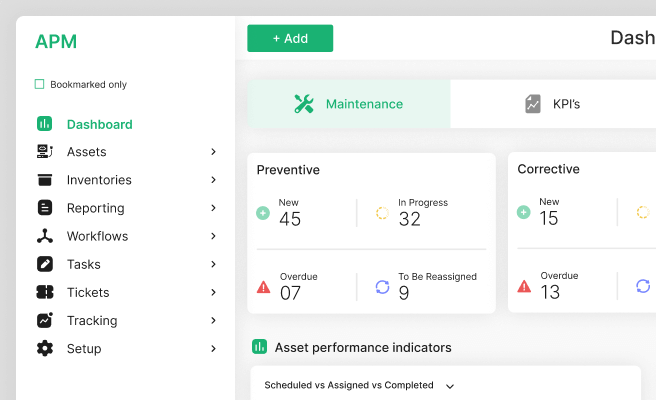Card Sorting
<p>Card sorting is a user experience (UX) research technique that helps designers understand how users categorize and organize information. By asking participants to group different items into categories, designers can gain insights into users' mental models and create intuitive information architectures for websites, apps, and other digital products.</p>
<p>Historically, card sorting has been used in various fields, from cognitive psychology to library science, to understand how people perceive and organize knowledge. In the context of UX design, it is particularly valuable for structuring complex information in a way that aligns with users' expectations and needs.</p>
<h2>Types of Card Sorting</h2>
<p>There are three main types of card sorting: open, closed, and hybrid. Each type serves different purposes and provides unique insights.</p>
<p><strong>Open Card Sorting:</strong> Participants are given a set of items and asked to group them into categories they create themselves. This method is useful for exploring how users naturally group information without any preconceived structure.</p>
<p><strong>Closed Card Sorting:</strong> Participants are provided with predefined categories and asked to sort items into these categories. This method is helpful when designers want to validate or refine an existing information structure.</p>
<p><strong>Hybrid Card Sorting:</strong> This approach combines elements of both open and closed card sorting. Participants can create their own categories but are also provided with some predefined categories to use as a starting point.</p>
<h2>Benefits of Card Sorting</h2>
<p>Card sorting offers several benefits for UX designers and product managers:</p>
<ul>
<li><strong>Improved Information Architecture:</strong> By understanding how users categorize information, designers can create more intuitive and user-friendly navigation structures.</li>
<li><strong>Enhanced User Experience:</strong> An information architecture that aligns with users' mental models can lead to a more satisfying and efficient user experience.</li>
<li><strong>Informed Design Decisions:</strong> Card sorting provides empirical data that can inform design decisions and reduce the reliance on assumptions and guesswork.</li>
<li><strong>Cost-Effective Research:</strong> Card sorting is relatively easy and inexpensive to conduct, making it accessible for projects with limited budgets.</li>
</ul>
<h2>Challenges in Card Sorting</h2>
<p>While card sorting is a valuable tool, it also comes with certain challenges:</p>
<ul>
<li><strong>Participant Variability:</strong> Different participants may categorize information in different ways, leading to varied results. It is essential to analyze patterns and identify commonalities across participants.</li>
<li><strong>Complexity in Analysis:</strong> Analyzing card sorting results can be complex, especially for large datasets. It often requires statistical tools and techniques to derive meaningful insights.</li>
<li><strong>Context Dependence:</strong> The way users categorize information can be influenced by specific contexts or tasks, which may not always be representative of broader user behavior.</li>
</ul>
<h2>Implementing Card Sorting</h2>
<p>Conducting a card sorting study involves several steps:</p>
<h3>1. Define Objectives</h3>
<p>Clearly define the goals of the card sorting study. What do you hope to learn, and how will the results inform your design decisions?</p>
<h3>2. Select Items</h3>
<p>Choose the items to be sorted, ensuring they represent the range of information users will encounter. For example, in a climate tech app, items might include "carbon footprint calculator," "renewable energy sources," and "emission reduction tips."</p>
<h3>3. Choose Participants</h3>
<p>Select a diverse group of participants who represent your target audience. Aim for a mix of demographics, backgrounds, and experiences to gather a broad range of insights.</p>
<h3>4. Conduct the Study</h3>
<p>There are various tools available for conducting card sorting studies, such as <a href="https://www.optimalworkshop.com/optimalsort" style="color: #2896FF; text-decoration: underline;">OptimalSort</a> and <a href="https://uxtweak.com/card-sorting" style="color: #2896FF; text-decoration: underline;">UXtweak</a>. These tools facilitate both in-person and remote card sorting sessions.</p>
<h3>5. Analyze Results</h3>
<p>Analyze the card sorting data to identify patterns and common groupings. Tools like <a href="https://www.usability.gov/how-to-and-tools/methods/card-sorting.html" style="color: #2896FF; text-decoration: underline;">Usability.gov</a> provide guidelines for interpreting card sorting results and incorporating them into your design process.</p>
<h2>Examples of Card Sorting in Climate Tech</h2>
<p>In the climate tech industry, card sorting can help design intuitive digital products that support sustainability goals. For instance:</p>
<p><strong>Case Study 1: Green Energy Dashboard</strong> - A company developing a green energy dashboard used card sorting to organize features such as energy consumption tracking, renewable energy integration, and user tips for reducing carbon emissions. The insights gained helped create a user-friendly interface that encourages sustainable behavior.</p>
<p><strong>Case Study 2: Climate Education Platform</strong> - A climate education platform utilized card sorting to structure educational content on topics like climate change science, policy, and mitigation strategies. This resulted in an easily navigable platform that enhances learning outcomes for users.</p>
<h2>Conclusion</h2>
<p>Card sorting is a powerful UX research technique that offers valuable insights into users' mental models and information categorization preferences. By implementing card sorting in the design process, particularly in specialized fields like climate tech, designers can create intuitive and user-friendly digital products that align with users' expectations and needs. For further exploration, consider conducting your own card sorting study to improve your product's information architecture and enhance user experience.</p> <p>If you’re looking for inspiration to elevate customer and user experience for enterprise-grade products, View our work with the Ministry of Health of Saudi Arabia for curating the UX of an <a href="https://www.whatifdesign.co/work/enterprise-software-for-hospitals" style="color:#2896FF; text-decoration:underline;">Asset Management Tracking Platform</a></p>
<p>Ready to get started? <a href="https://cal.com/akhilak/what-if-design?duration=30" style="color:#2896FF; text-decoration:underline;">Book a 1:1 consultation call</a> with us today.</p>

Let's scale your impact with great design.
Free consultation, no sales pitch
Thank you! Your submission has been received!
Oops! Something went wrong while submitting the form.
Let’s talk
Nothing great is built alone.
Let’s connect about your vision, our work and how we can collaborate.
Get in touch

